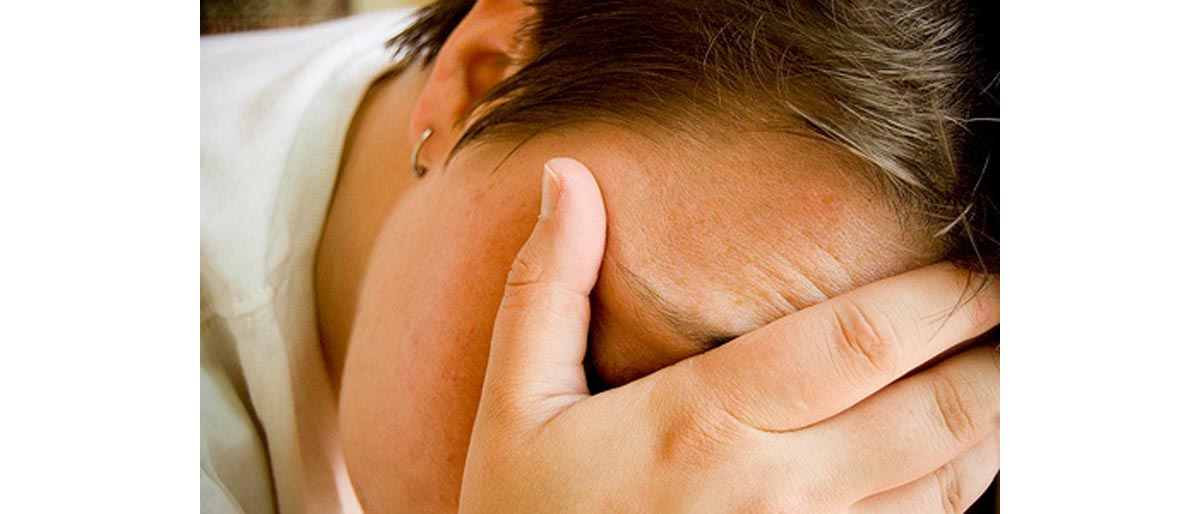For the first time, a study has proven that exercise is comparable to other modalities of treatment of migraine. This is especially important for those patients who do not seem to benefit from medications or want to avoid them because of the side effects.
Around 12 percent of the population suffers from regular migraine headaches, which can have a truly detrimental impact on a person's overall quality of life.
Ask any patient who suffers from migraine headaches about the type of pain he or she has to endure during a migraine episode, and you’ll understand that that person will go to great lengths to prevent it. Unfortunately, treatment choices available for migraine are few and far between. Until now, many migraine patients made do with over the counter pain relievers to treat their migraines, while topiramate has been the most successful medication available to treat migraine headaches.
However, this popular migraine medication comes with its own set of side effects, the most common of which are tingling numbness, depression, lethargy, constipation and dizziness. Since there are not many other options available for migraine sufferers, most of the patients of migraine grudgingly bear with these side effects, which are still better tha suffering migraines. Now, for the first time, a study has proven that exercise is comparable to other modalities of treatment for migraine patients.

The study, which has been published the journal “Cephalgia”, has concluded that aerobic exercise can be an option for the prophylactic (preventative) treatment of migraine. This is especially important for those patients who do not seem to benefit from migraine medications or want to avoid them because of the associated side effects. As it is, patients suffering from debilitating migraine headaches have been found to be less active physically compared to other people. Following a regular schedule of exercising by these patients would not only protect them from episodes of migraine, but would also go a long way in improving their physical fitness.
Read more: Chronic Migraines: Is the relief possible?
Exercise is not only Free of the Deleterious Effects of Medicines but also Provides the Additional Benefit of Increased Oxygen Uptake
The present study was led by Dr. Emma Varkey from the Institute of Neuroscience and Physiology at University of Gothenburg. She, along with her colleagues, selected 91 women between the ages of 18 and 65 years, from a single migraine clinic in Sweden. All these women had been diagnosed with migraine headaches by a neurologist and suffered from two to eight episodes of headaches per month. The participants were randomly divided into three groups and were assigned one of the three regimens for migraine treatment, namely, aerobic exercise, relaxation therapy, or standard migraine treatment with topiramate. All the three regimens were followed for three months, before the team analyzed the results.
The women who were assigned aerobic exercise were supposed to exercise for 40 minutes on a stationary bike, three times per week. The dose of topiramate was gradually increased to a maximum of 200 mg a day in women who were assigned medicines for migraine. After the end of three months, the frequency of migraine, quality of life, the amount of physical activity and the oxygen uptake of each patient was evaluated. The most important component of the results was the mean reduction in the frequency of migraine attacks.
The researchers found that there was a mean reduction of 0.93 in the frequency of migraine attacks in the exercise group. It was 0.83 in the relaxation group while it was 0.97 in the topiramate group. Therefore, the researchers were able to draw the conclusion that exercise is almost on par with topiramate in reducing the frequency of migraine attacks. Instead of potentially struggling with side effects, however, people who exercise to prevent migraine attacks will only reap health benefits.
Paste
Though the reduction in pain intensity was slightly better with topiramate, exercise has its own very clear benefits. Committing to regular physical activity is not only free of the deleterious effects of medicines but it also provides the additional benefit of increased oxygen uptake. Therefore, it is a great option for those migraine patients who want to experiment with a non pharmacological option for preventing migraine.
Though the reduction in pain intensity was slightly better with topiramate, exercise has its own very clear benefits. Committing to regular physical activity is not only free of the deleterious effects of medicines but it also provides the additional benefit of increased oxygen uptake. Therefore, it is a great option for those migraine patients who want to experiment with a non pharmacological option for preventing migraine.
- “Exercise as migraine prophylaxis: A randomized study using relaxation and topiramate as controls”, Emma Varkey et al, Cephalgia, published on September 2, 2011, accessed on October 13, 2011
- “Exercise may offer drug-free migraine prevention”, by Megan Brooks, Reuters, published on October 7, 2011, accessed on October 13, 2011
- Photo courtesy of julishannon on Flickr: www.flickr.com/photos/julishannon/2809327530/

